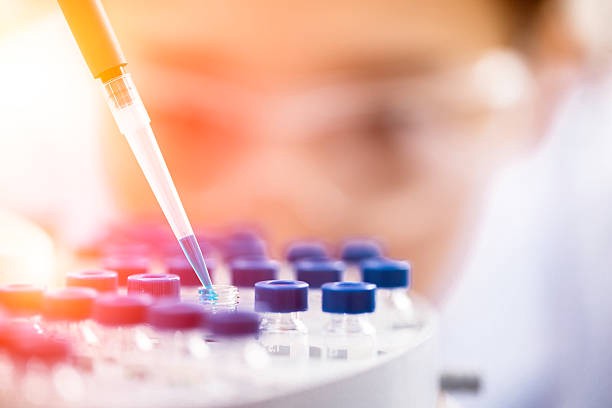
In the construction industry there is a saying: “an architect’s dream is an engineer’s nightmare”. In the food industry, it could be said that “a consumer’s dream is a food industry nightmare”. In order to ensure that food sold at groceries and food served at restaurants won’t hurt consumers, the food industry must test at several steps of the food chain that food it is not contaminated with chemicals, heavy metals or microorganisms. However most of the tests are made at the end of the processing line.
There are many procedures to handle food in different stages of the food chain. Food testing laboratories are the quality control points that check that at each step of the process the food is healthy to be consumed. One particular issue to be tested is for microorganisms, specifically bacterias. Microbial testing can be performed by sampling the food as raw material, during the processing, and after the processing or at the end of shelf-life in case of perishable foods. Also, the production site can be sampled and tested to identify the potential for recontamination.
To find nocive bacterias in the food, testing laboratories need to perform several tests, because some tests won’t find the bacterias. Several institutions are involved in the development of standardised methods, and laboratories may have to run several methods for the same target to meet client needs. In some cases, like for example, the antibacterial compounds in cocoa containing products, such as chocolate, must be neutralised by skim milk when testing for Salmonella. Another example of the need of several microbiology testing in food, is that some processing of foods may cause sublethal injury and although the microorganisms are viable (and pose a potential health risk), they may not be culturable. The use of a resuscitation step in pathogen testing is designed to overcome, at least in part, this problem.
As Agnes Tan from the Microbiological Diagnostic Unit (MDU) Public Health Laboratory Melbourne, Vic, Australia said: “Complexity in food testing arises from the food (matrix), it is important to detect low numbers of target microorganisms when there is presence of potentially similar background microflora, the potential use of testing to demonstrate compliance and the high cost (not just financial) of getting it wrong. Micro-biological criteria for food specify the method of analysis because “test results are dependent on the analytical method used”.
In the United States, there are five germs that are the most common cause of illnesses from food eaten, these germs are: Salmonella, Norovirus, Campylobacter, Clostridium perfringens and Staphylococcus aureus (Staph). Other germs not as common, but when they create an illness are more likely to lead to hospitalization, these germs are: Escherichia coli (E. coli), Clostridium botulinum (botulism), Listeria, and Vibrio.
In the United States there are an estimated 179 million cases of people that suffered any case of foodborne illness each year, from this number 486,777 needed hospitalization and 6,186 people die from foodborne disease.
Food industry and government are working to reduce the number of foodborne illnesses each year, and food testing in food for microbiology is key in this effort. The only place where neither the food industry and government can go to keep people safe is from the market or restaurant to home. In this last part of the food chain is needed a very good education strategy.

